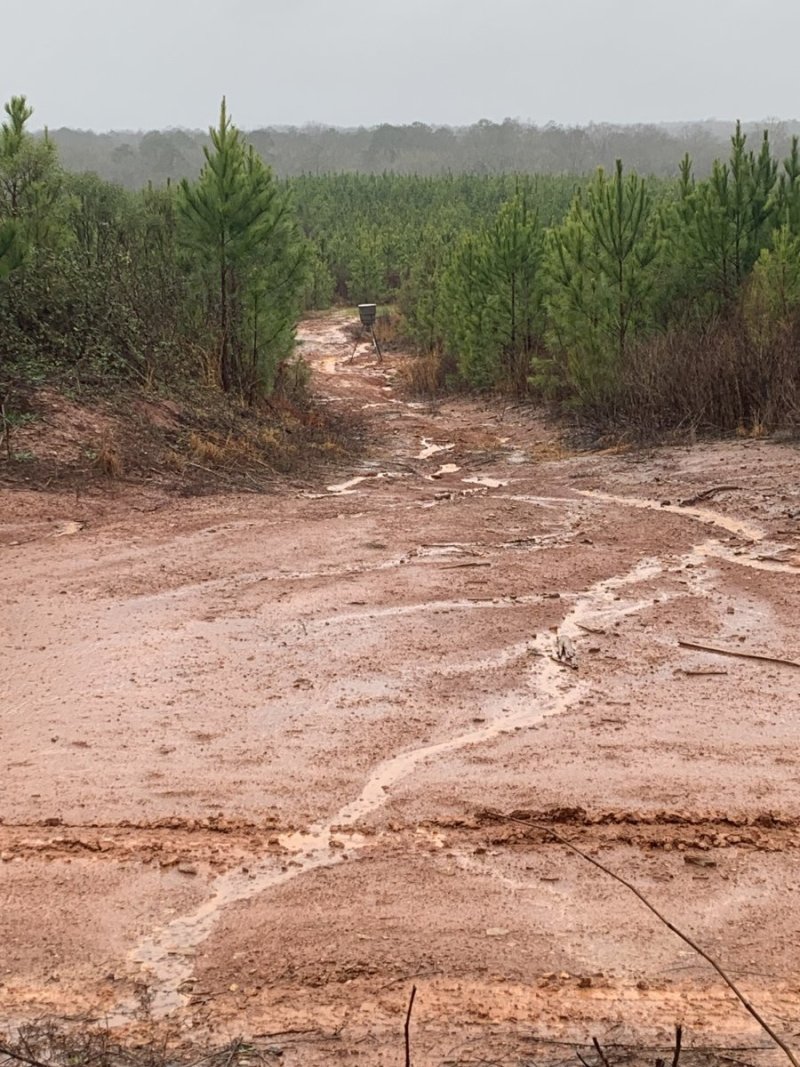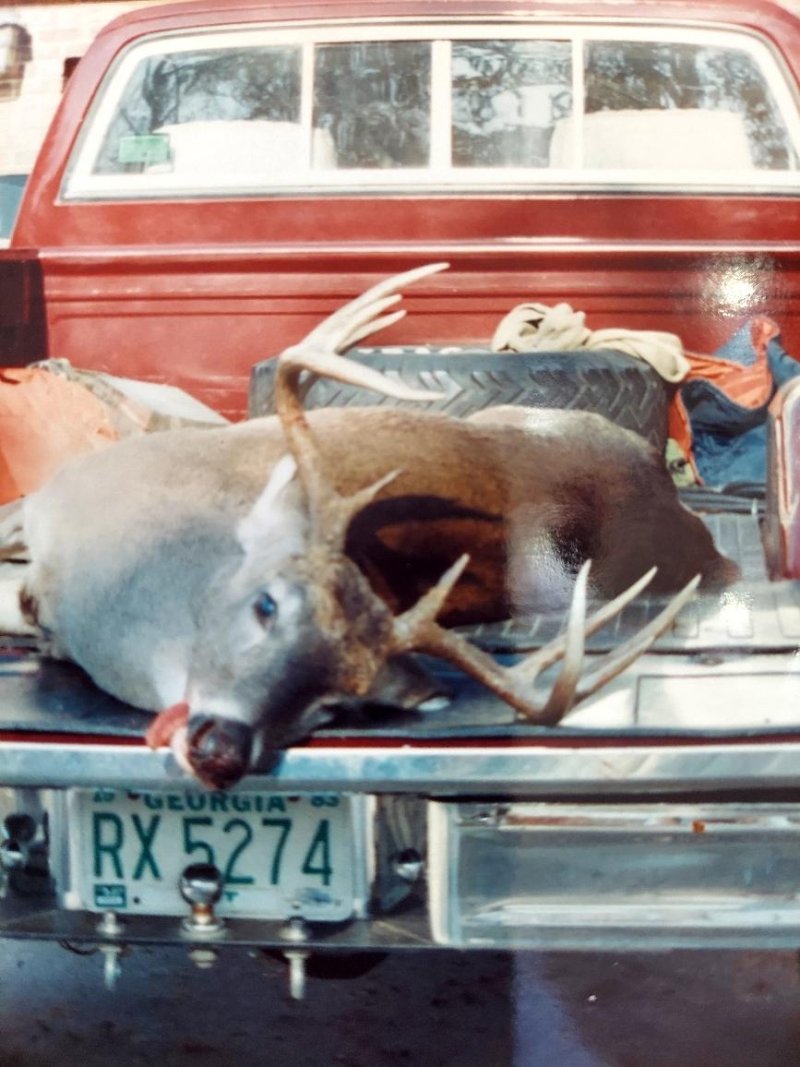Finally go to do a little scouting today, I usually have it done by the end of August but not this year. The area I hunt is primarily pines with a few areas that have mixed oaks, white, red , water and pin. My son and I usually set up on the transition between oak and pines based on where the red and white oak acorns are falling, and it's always a very good set up till just before Thanksgiving.
I scoured the woods today and found no sign of any acorns at all, except for on the water oaks. I have always had my best luck over red oaks, my son prefers whites, but there are none to be found. I have never seen there be none, even in the years we were having the drought. They were slim those years, but they were still there.
Has anyone else seen the same thing or is it just in my area (Polk Co.)?
I scoured the woods today and found no sign of any acorns at all, except for on the water oaks. I have always had my best luck over red oaks, my son prefers whites, but there are none to be found. I have never seen there be none, even in the years we were having the drought. They were slim those years, but they were still there.
Has anyone else seen the same thing or is it just in my area (Polk Co.)?







